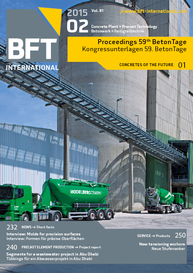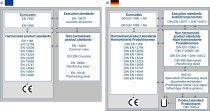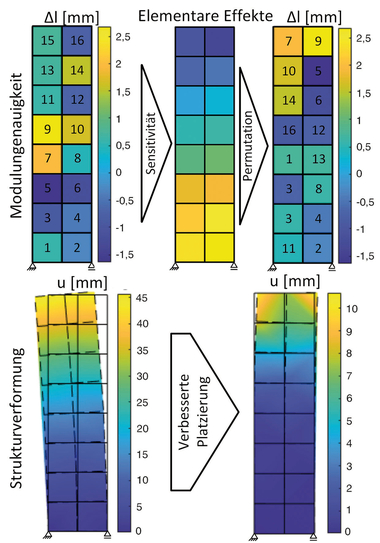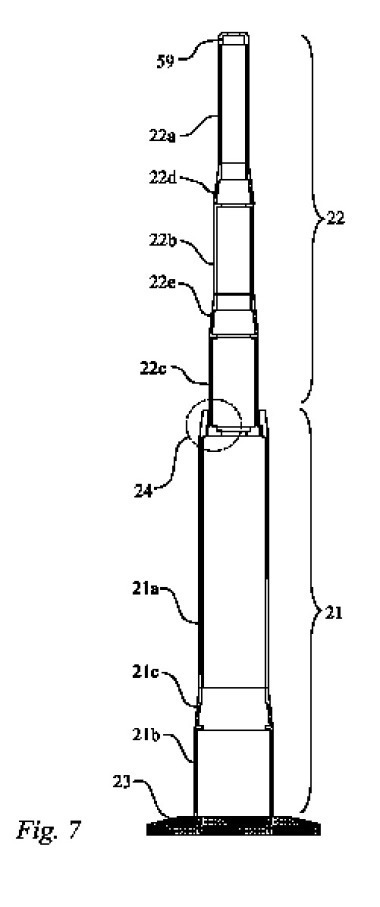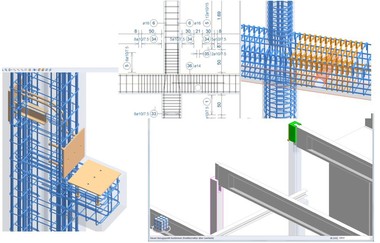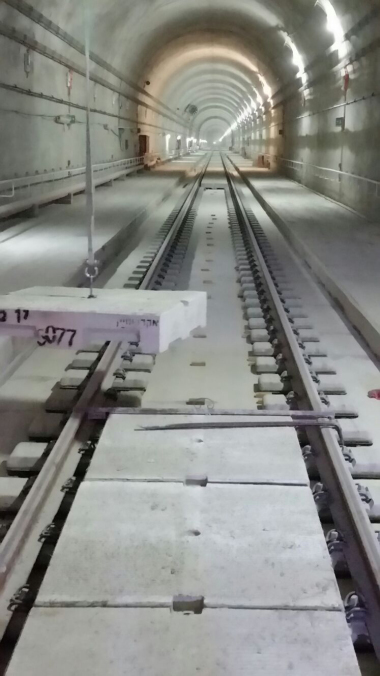Which to apply in which case?
“Structural engineering is the art of molding materials we don‘t wholly understand, into shapes we can‘t fully analyze, so as to withstand forces we can‘t really assess, in such a way that the community at large has no reason to suspect the extent of our ignorance.” (James E. Amrhein, US American structural engineer)
Building is a craft where deviations between specified and actual dimensions are inevitable. It is essential to adhere to tolerances to enable the accurate fit and appropriate assembly of structures and elements without reworking.
The following tolerances must be considered in...

![→ 1 Relative cost increase as a function of tolerances according to [4]](https://www.bft-international.com/imgs/tok_f2913db2af6a6d68d778bf4913907354/w300_h200_x400_y257_103972652_954d1c0d36.jpg)

